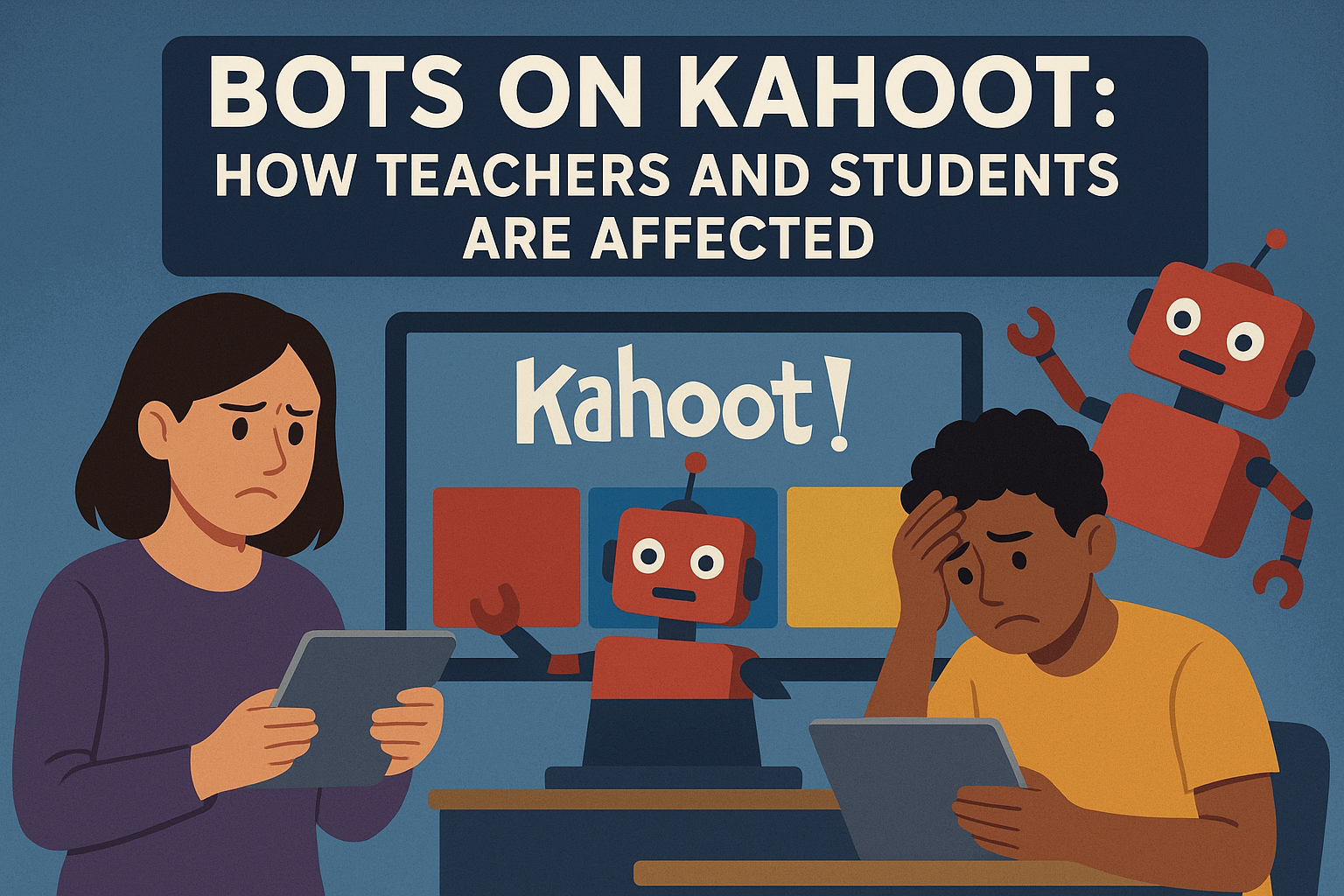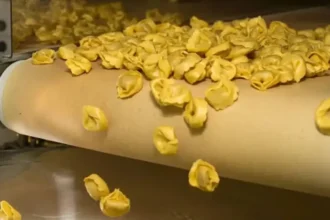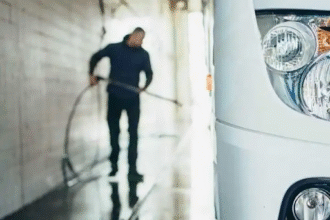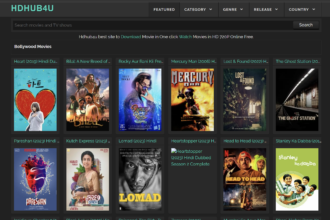Introduction to Kahoot and its popularity in education
Kahoot has taken the educational world by storm. With its engaging quizzes and interactive games, teachers have found a fun way to enhance student learning. Students love the thrill of competition as they race against their peers in real-time. But with this surge in popularity comes an unexpected twist: bots on Kahoot.
These automated players are changing the game, introducing new challenges for both educators and learners. As we delve into the phenomenon of bots on Kahoot, we’ll explore how they work, their impact on classroom dynamics, and what can be done to combat them. Join us on this journey through the highs and lows of digital learning!
The rise of bots on Kahoot and how they work
Kahoot has transformed classrooms into interactive learning environments. Its engaging quizzes and games have captured the attention of teachers and students alike. However, a new trend is emerging that disrupts this positive experience: bots.
These automated programs can join Kahoot games to flood leaderboards or answer questions rapidly. They operate using scripts that mimic human behavior, allowing them to bypass basic security measures. This makes it easy for anyone with some coding knowledge to unleash a swarm of virtual players.
The surge in bot usage raises concerns about fair play during quizzes and assessments. When these bots infiltrate sessions, they complicate the learning process for genuine participants who are there to engage meaningfully with content and each other. As educators strive for interactive experiences, the presence of bots poses significant challenges in maintaining an authentic educational atmosphere.
The impact of bots on teachers and students
The emergence of bots on Kahoot has created significant challenges for both teachers and students. For educators, the presence of these bots can disrupt lesson flow and skew assessment results. Teachers may find it increasingly difficult to gauge student understanding when fake participants inflate scores or flood game rooms.
Students also face negative consequences. The competitive spirit that Kahoot fosters can be undermined by bot activity, leading to frustration among genuine players. This not only diminishes the learning experience but can also create a sense of mistrust within the classroom environment.
Engagement takes a hit as well. Students who are genuinely interested in learning may feel demotivated if they perceive their efforts as futile against automated competitors. The overall educational dynamic shifts, making it harder for everyone involved to benefit from interactive lessons designed to enhance knowledge retention and collaboration.
How teachers can prevent bots from disrupting their lessons
To combat the issue of bots on Kahoot, teachers can implement a few effective strategies. First, they should utilize the platform’s settings to limit access. By requiring students to log in with unique accounts, it becomes much harder for bots to infiltrate.
Another useful approach is to modify game pin sharing protocols. Encourage students not to share pins outside their class or group chats. This simple measure can significantly reduce unauthorized participation.
Teachers might also consider randomizing questions and answer choices each session. This keeps even well-programmed bots guessing and levels the playing field for human players.
Moreover, fostering an open dialogue about academic integrity can help deter bot usage. When students understand the value of authentic engagement in learning activities, they’re less likely to resort to shortcuts like using bots.
Being proactive and creative helps create a more secure learning environment on Kahoot while enhancing student participation.
The ethical concerns surrounding the use of bots on Kahoot
The use of bots on Kahoot raises significant ethical concerns. These automated programs can disrupt the learning environment, undermining the very purpose of educational tools.
When students deploy bots to gain an advantage, it creates an unequal playing field. This form of cheating not only diminishes the value of genuine effort but also fosters a culture where dishonesty is normalized.
Furthermore, teachers invest time and energy in crafting engaging quizzes and lessons. Bots undermine their hard work by skewing results and rendering assessments meaningless.
There’s also a broader implication regarding trust within educational institutions. If students feel justified using these tools, what message does that send about academic integrity? The ramifications extend beyond individual classrooms; they could influence attitudes toward learning itself.
As educators grapple with these challenges, addressing ethical implications becomes crucial for maintaining the integrity of platforms like Kahoot.
Student opinions on using bots during class activities
Students have mixed feelings about using bots during class activities. For some, it’s a fun way to spice things up and add an element of surprise. They enjoy the thrill of disruption, finding humor in outsmarting their teachers.
Others express concerns over fairness. Using bots can skew results and overshadow genuine efforts from classmates who study hard. This leads to frustration among students who want a fair competitive environment.
Additionally, many worry about the long-term implications. It raises questions about integrity and accountability in learning spaces.
Some students feel that relying on bots diminishes the educational value of platforms like Kahoot. Instead of fostering knowledge retention, it creates distractions that undermine serious engagement with content.
Opinions vary widely based on personal values and experiences within classroom dynamics.
Alternatives to using bots on Kahoot
Instead of relying on bots to enhance gameplay, teachers can foster engagement through interactive discussions. Encouraging students to share their thoughts before each question promotes deeper understanding.
Utilizing team challenges is another excellent alternative. By dividing the class into small groups, you create a collaborative atmosphere where students work together rather than compete against automated players.
Gamifying lessons without bots also helps maintain focus. Incorporating real-time feedback and rewards for participation encourages everyone to stay engaged with content.
Moreover, integrating technology like Google Forms or Quizizz offers similar functionalities without the risk of bot interference. These platforms provide varied styles of quizzes while ensuring authentic responses from students.
Additionally, hands-on activities that require teamwork reinforce learning objectives effectively. This not only minimizes distractions but also cultivates critical thinking skills among peers.
Conclusion and future predictions for the use of bots on educational platforms
The landscape of educational technology continues to evolve. As platforms like Kahoot grow in popularity, so does the potential for misuse through bots. While these tools can enhance engagement and learning, their disruptive nature raises significant concerns.
Teachers and students alike must navigate this new terrain carefully. The rise of bots on Kahoot could lead to a shift in how interactive learning is approached. Educators might adopt stricter measures or explore alternative platforms that prioritize genuine participation.
Looking ahead, we may see advancements in security features designed specifically to combat bot interference. Educational institutions will likely invest more resources into developing solutions that protect the integrity of classroom activities.
As awareness increases around the ethical implications of using bots, dialogues about fair play and academic honesty will become essential within educational communities. This ongoing conversation could foster a culture where technology enhances learning rather than undermines it.
Both educators and students have roles to play in shaping a positive future for online learning environments like Kahoot—one where collaboration thrives over competition fueled by artificial means.

















